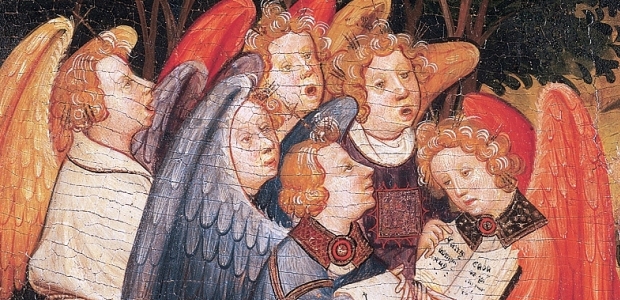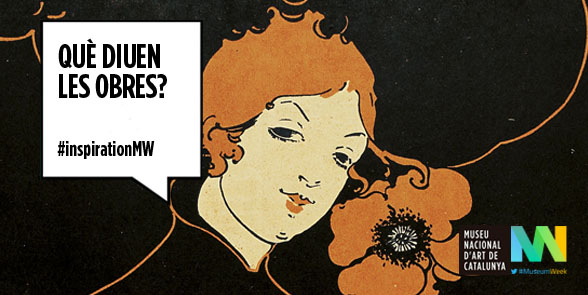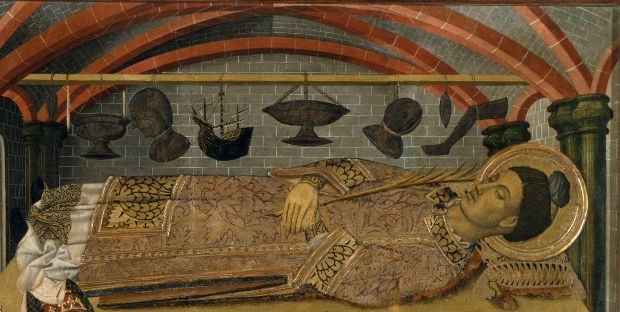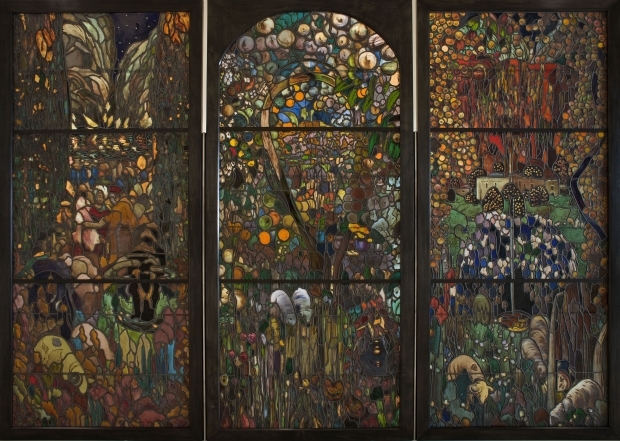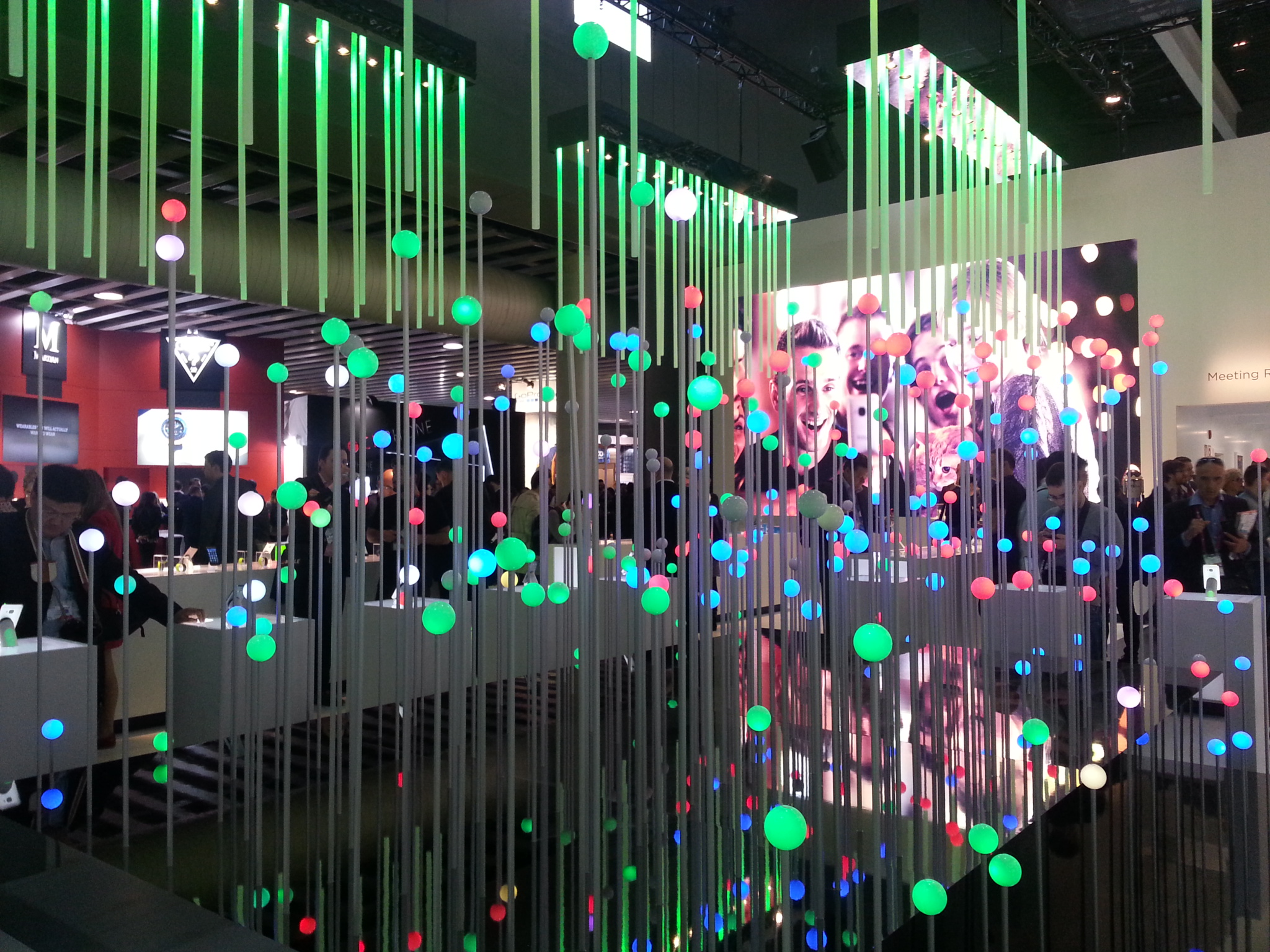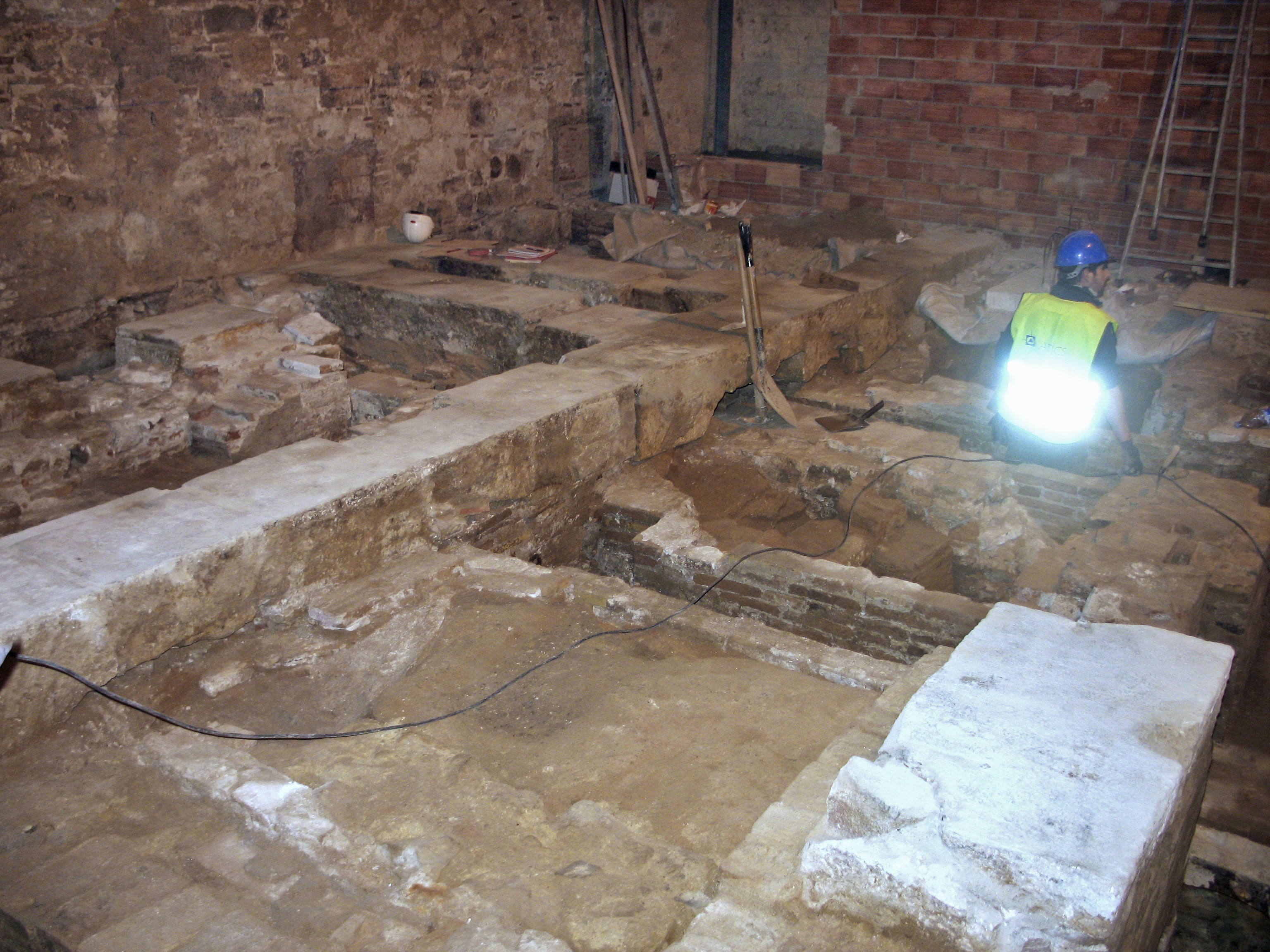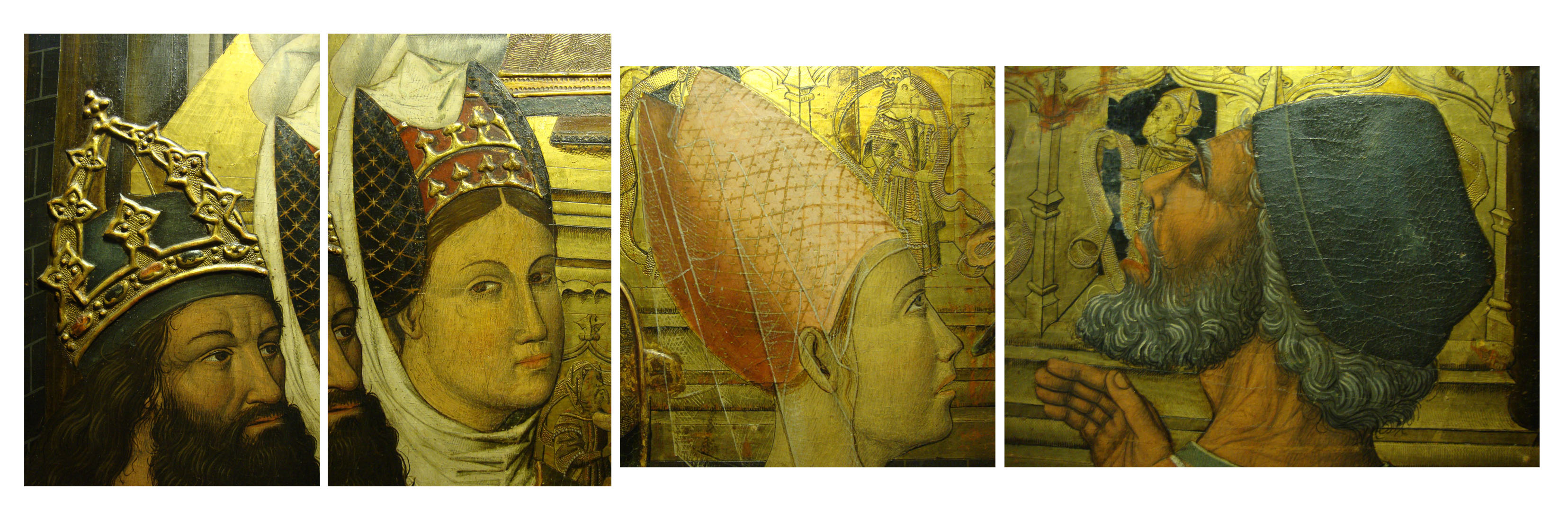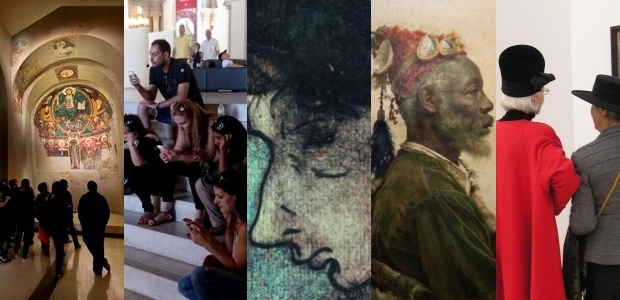
Every Thursday for a year, in this blog we have been sharing the “secrets” of the museum’s day-to-day working. The process of creating and putting on exhibitions, the restoration of works, the challenges posed by digital innovation, innovative methods of management, as well as knowledge capsules about the collection, have made up the content. All…
Read more
